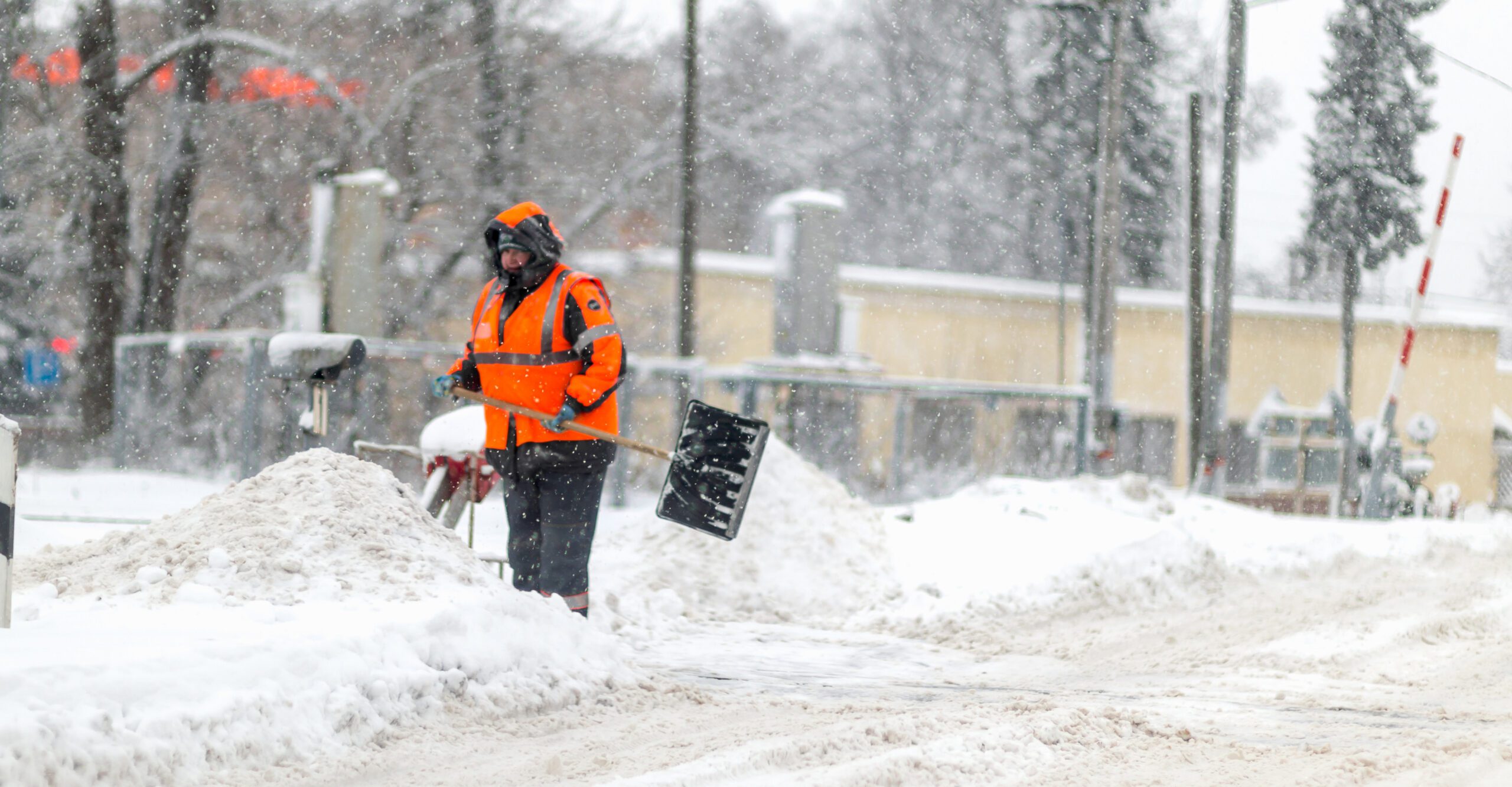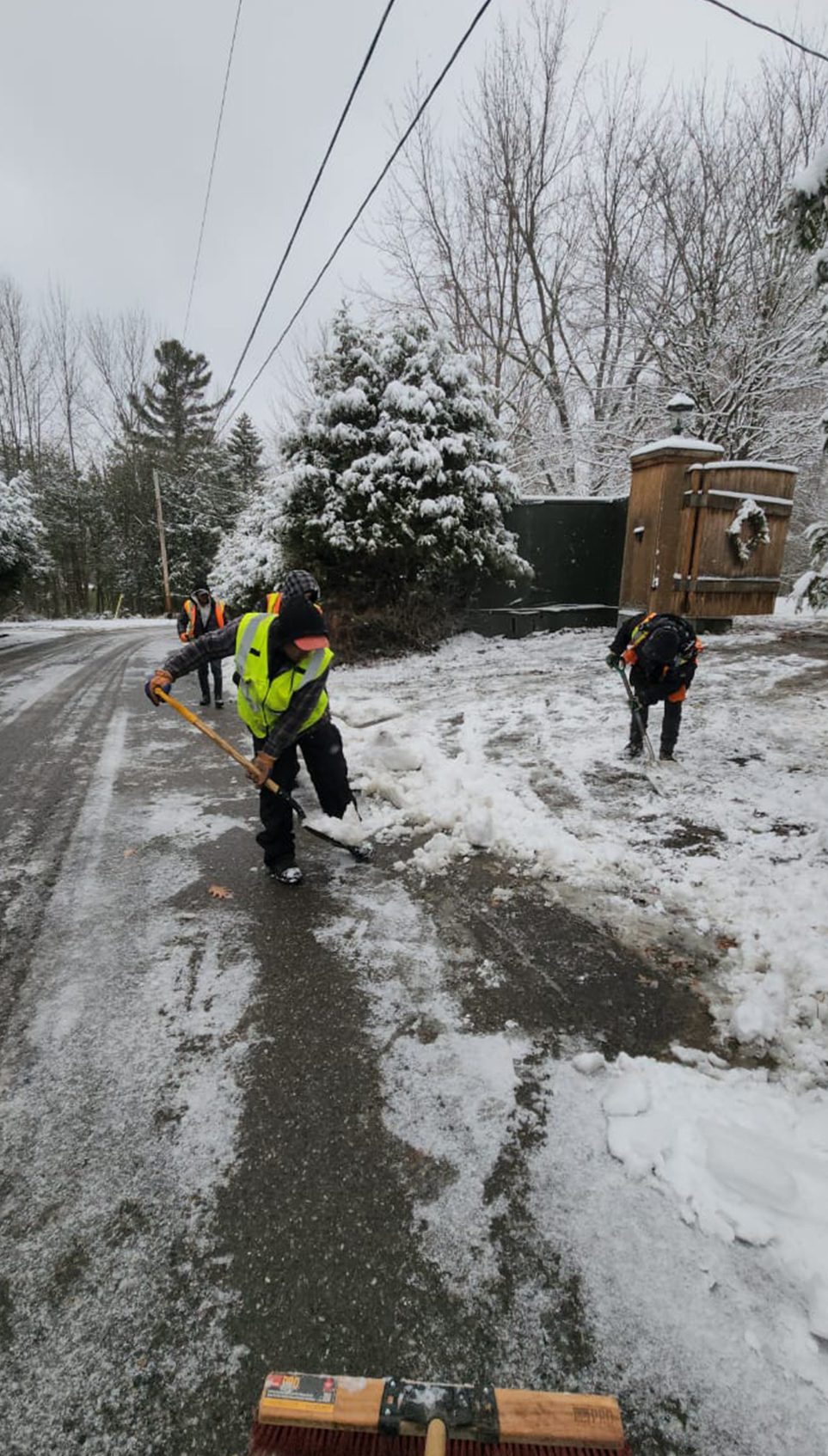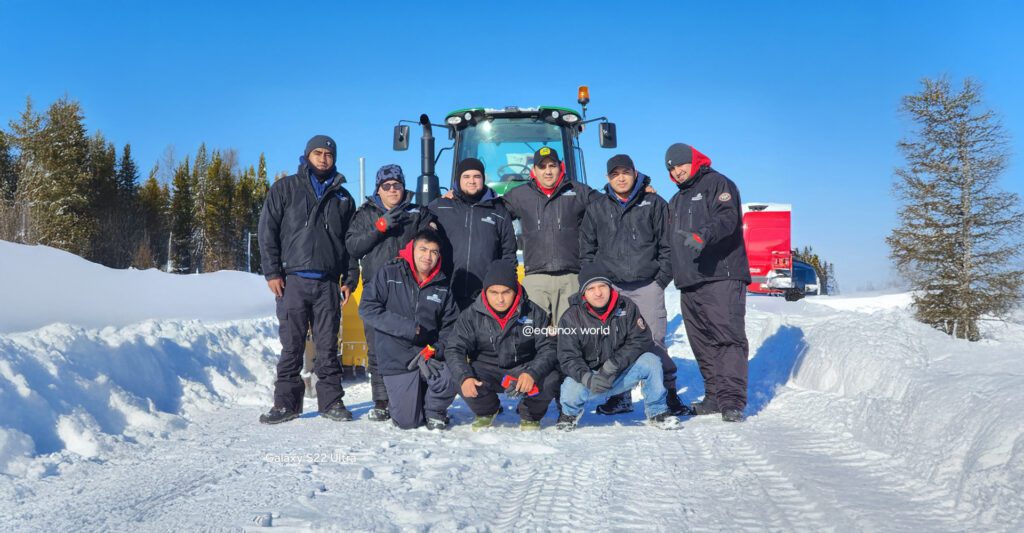The Impact of Extreme Cold in Quebec

Extreme cold waves, like those currently affecting Quebec, pose significant challenges for both residents and international workers. According to a recent article in La Presse, this wave, caused by an Arctic air mass descending southward, is one of the most severe of the winter, with temperatures expected to reach -29°C in Quebec City and -24°C in Montreal. The cold will be intensified by wind chill, resulting in perceived temperatures of -35°C in these cities, dropping to -40°C in regions like Abitibi, and even approaching -50°C in certain areas. These extreme conditions affect not only daily life but also safety and productivity in workplaces.
For international workers, often coming from warmer countries, this type of climate can be an entirely new experience. Adapting requires understanding the risks and adopting safety measures to ensure their well-being during the Canadian winter.
How Does Extreme Cold Affect Workers?
Low temperatures have a significant impact on those who work outdoors, such as in construction, agriculture, transportation, or snow removal. Prolonged exposure to cold can lead to health problems such as frostbite, hypothermia, and even respiratory complications.
In this context, it is essential for employers to implement protocols to protect their teams. This includes ensuring breaks in heated spaces, providing appropriate cold-weather equipment, and reducing time spent outdoors.
On their part, workers need to remain vigilant for warning signs related to their health, such as intense shivering, numbness in extremities, or extreme fatigue, and report any symptoms to their supervisors immediately.
Tips for International Workers in Extreme Climates
“To face the cold in Canada, the most important thing is to dress warmly,” advises Víctor Omar, who has three years of experience in snow removal. Víctor recommends wearing two pairs of socks or foot warmers, as the cold often begins at the extremities, and warns that winter boots are not always sufficient. He also highlights the usefulness of hand and foot warmers, which generate heat for several hours and are essential allies in extremely cold weather.
He suggests protecting the face and ears with full-face hats and thermal balaclavas and emphasizes not removing clothing when sweating, as sudden temperature changes can cause colds or discomfort.
Building on Víctor’s experience and to enhance safety, here are additional practical tips for facing extreme cold:
- Invest in quality thermal clothing: Layers are essential. Opt for waterproof coats, thermal underwear, scarves, gloves, and shoes resistant to cold and snow.
- Protect exposed skin: Use specific creams to prevent cold and wind from drying out or damaging the skin.
- Be aware of climate risks: Check weather forecasts daily and prepare for sudden changes in conditions.
- Stay hydrated: Even though it may seem surprising, the body loses fluids in the cold. Consuming hot drinks helps regulate temperature and maintain energy.
- Plan safe routes: On days of extreme cold, plan ahead to avoid delays and find alternative routes.
Extreme cold in Quebec may seem intimidating for international workers, but with proper preparation and expert support, it is possible to adapt and remain productive.


